Cruise Control Components

An electronic control module controls most modern cruise control systems. It can be a standalone or integrated into the PCM or BCM.
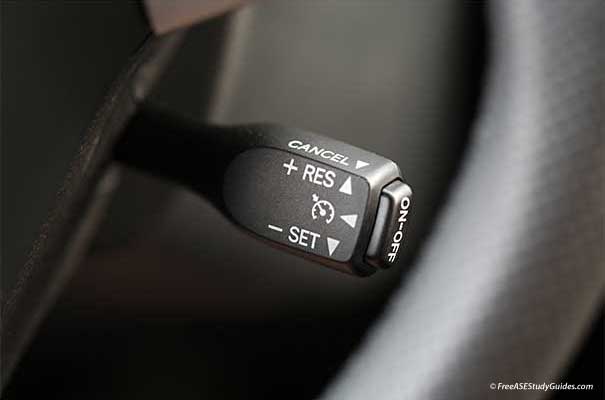
The module uses several inputs to control operation and vehicle speed. These are the components found on most cruise control systems.
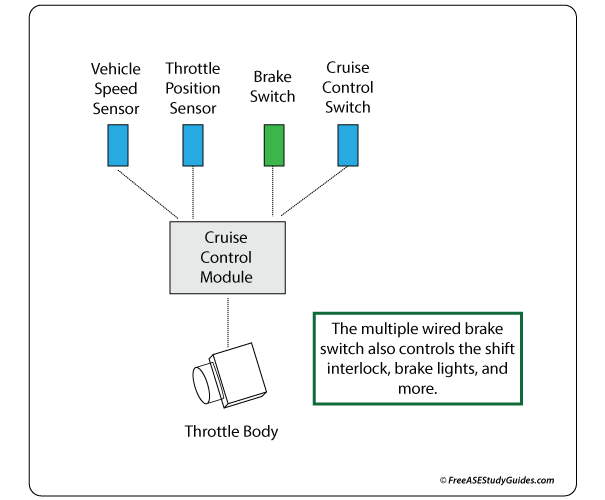
Cruise Control Switch: The basic control switch has an on/off button, set/accelerate, and a resume option.
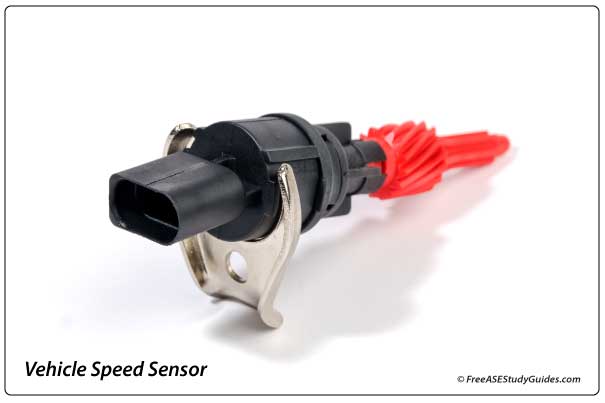
Vehicle Speed Sensor: The VSS informs the vehicle's computer modules over the network, including the cruise control module, of the vehicle's speed. It is this speed that the module attempts to maintain when the set button is pressed.
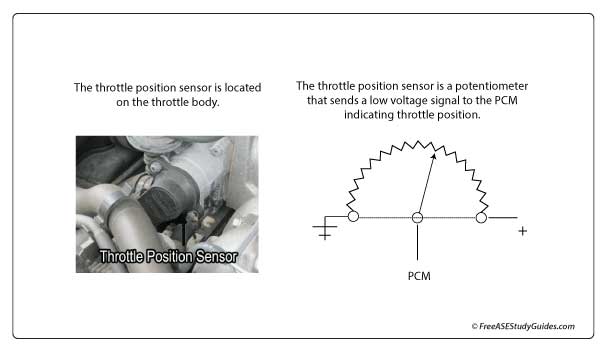
Throttle Sensor/Actuator: A TPS or throttle position sensor informs the PCM of the throttle plate angle. The greater the throttle angle, the greater the engine's rpm. Some cruise control systems are throttle activated, controlled by engine vacuum applied to a spring-loaded solenoid. They're typically controlled by a module and considered an electromechanical system. Late-model vehicles contain an electronic throttle actuator controlled by the engine management system.
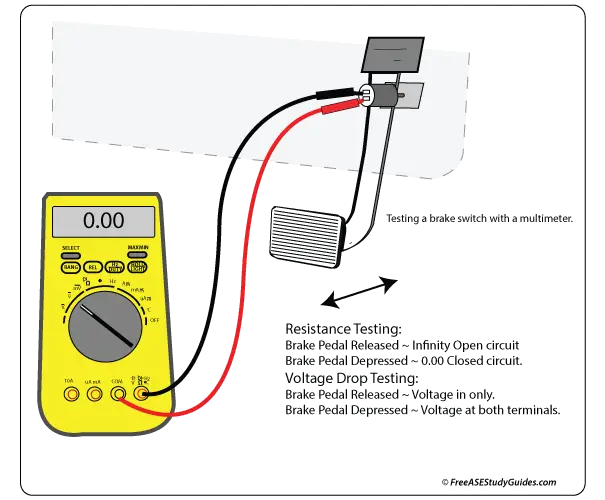
Brake Switch: The brake switch informs the system of the driver's intent on slowing down. They are reactivated to the set speed by using the resume function.